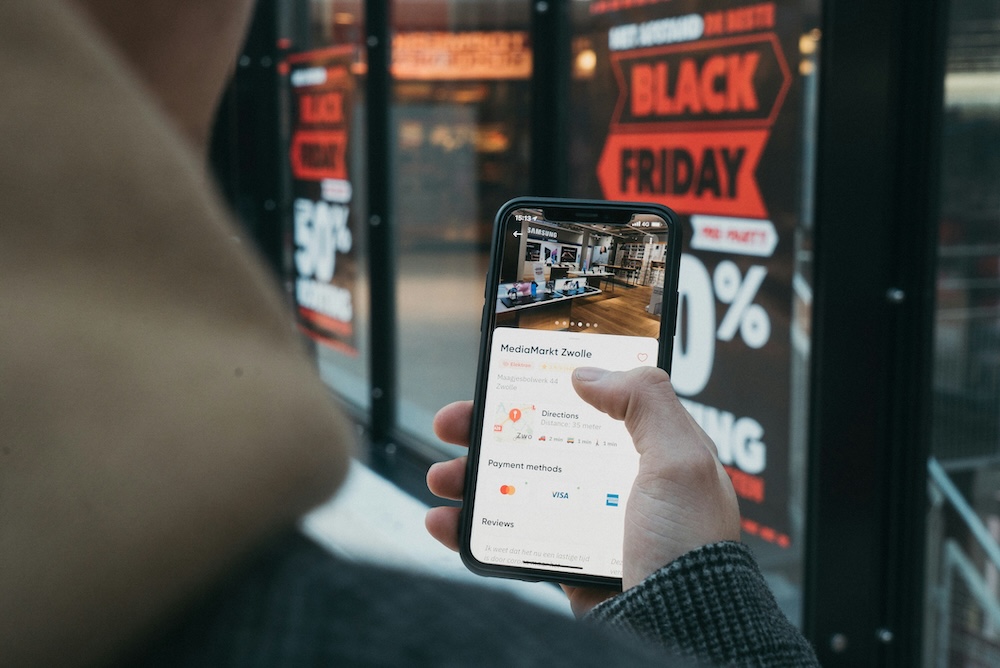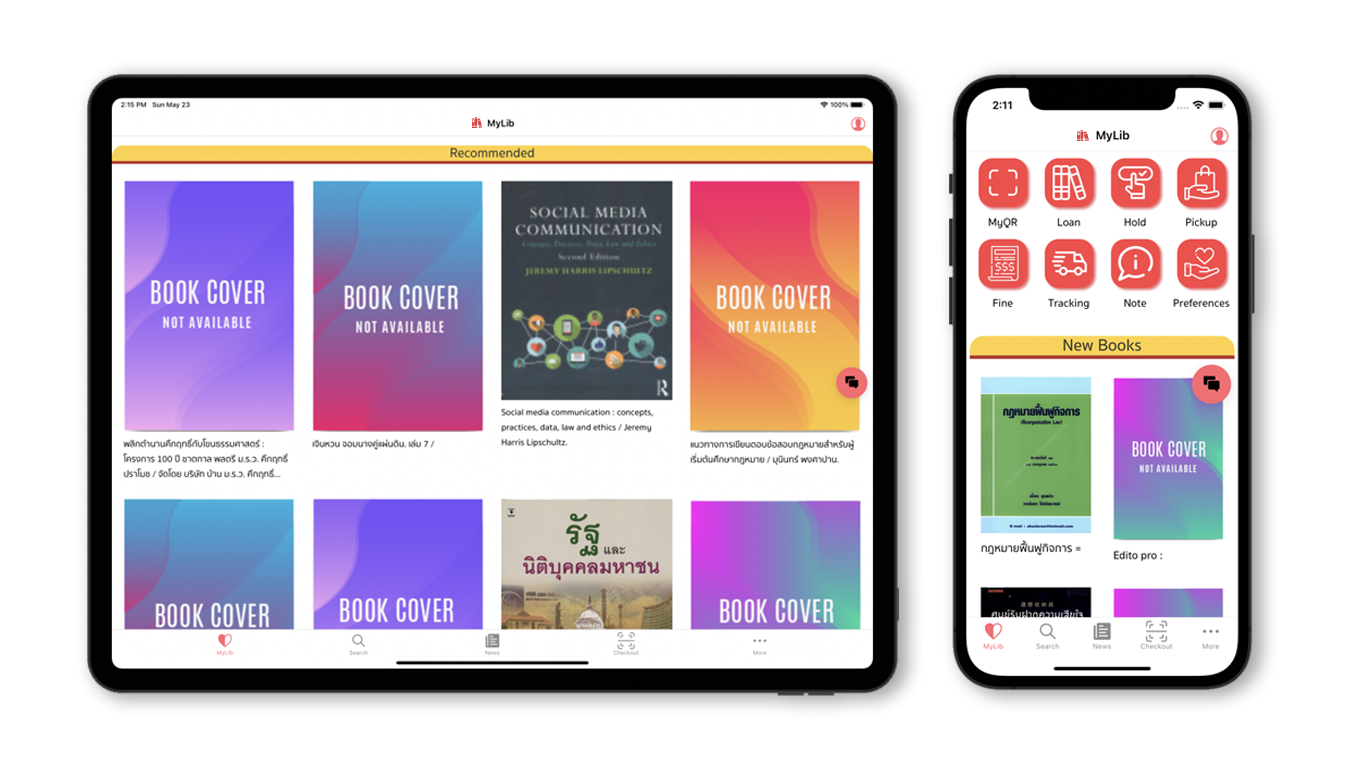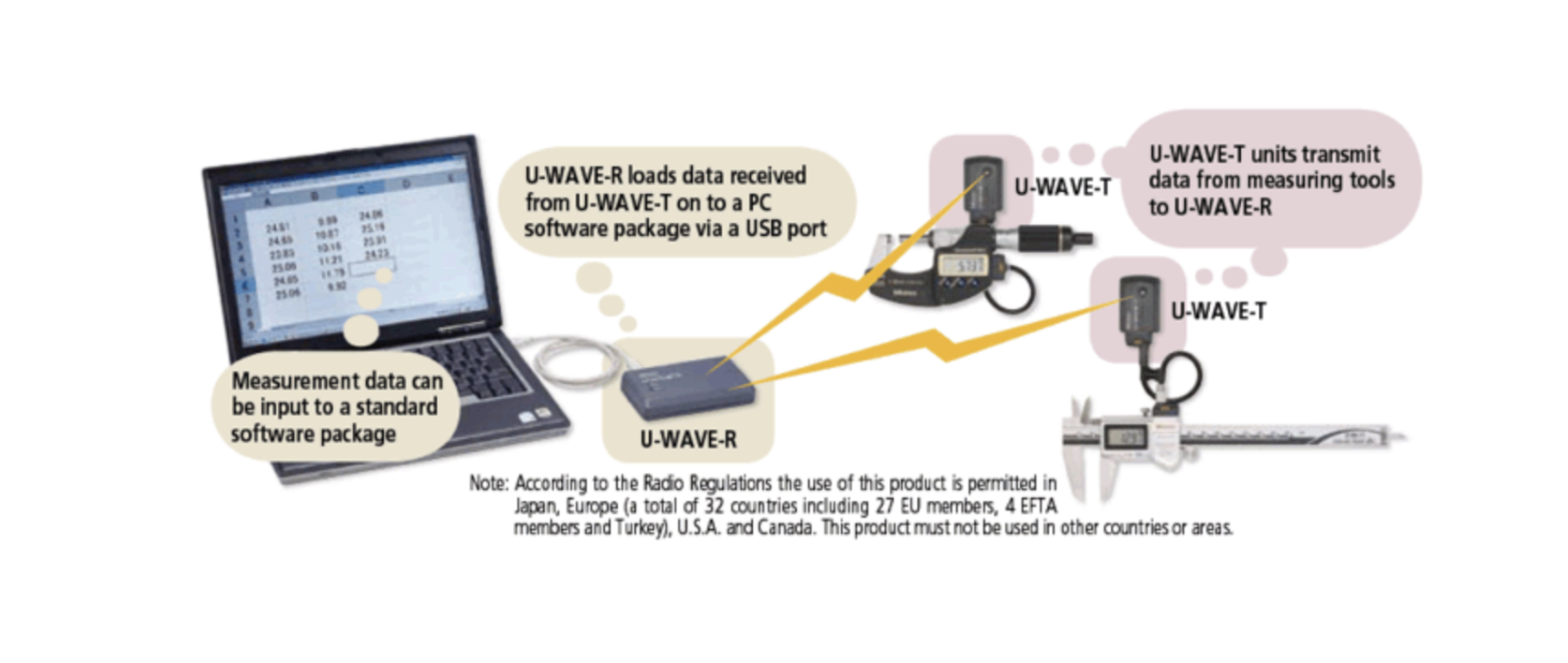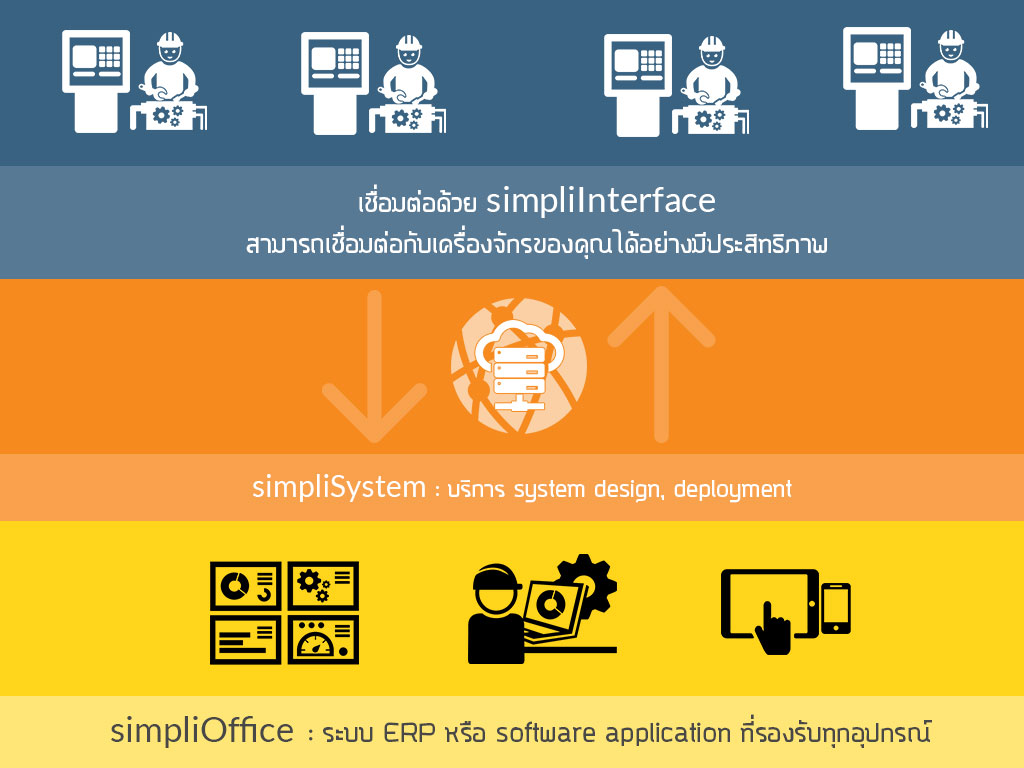How Digital Twins Can Revolutionize Chanthaburi Tourism
Chanthaburi, a province known for its natural beauty, cultural heritage, and vibrant gemstone markets, has remained a hidden gem in Thailand’s tourism landscape. With the advent of digital twin technology, this province can leap into a future of smart, sustainable, and engaging tourism. Here’s how digital twins can reshape tourism in Chanthaburi, blending innovation with tradition.
What is a Digital Twin?
A digital twin is a virtual replica of a physical location that integrates real-time data and simulations. In the context of tourism, it serves as an immersive and analytical tool that allows stakeholders to enhance visitor experiences, manage environmental impacts, and optimize economic outcomes.
Why Chanthaburi Needs a Digital Twin
Developing a digital twin for Chanthaburi offers several transformative benefits:
- Increased Tourist Engagement: Virtual tours of attractions like the Cathedral of the Immaculate Conception and Namtok Phlio National Park can inspire potential visitors.
- Sustainability: Monitor and manage environmental impacts to preserve natural and cultural assets for future generations.
- Economic Growth: Use data-driven insights to optimize pricing, reduce operational costs, and boost local business profits.
- Cultural Preservation: Digitize Chanthaburi’s traditions, crafts, and landmarks, ensuring accessibility and preservation.
Core Features of a Chanthaburi Digital Twin
1. Virtual Tours
Imagine walking through the iconic Chanthaboon Waterfront Community or experiencing the scenic Chalerm Burapha Chonlathit Road virtually. 3D modeling and augmented reality (AR) can bring Chanthaburi’s charm to life for global audiences.
2. Real-Time Maps
A smart mapping system can provide real-time data on:
- Tourist density at key attractions.
- Traffic flow for convenient travel.
- Event schedules, such as gemstone fairs or cultural festivals.
3. Pricing Optimization
Dynamic pricing models can adjust ticket prices for attractions like Khao Khitchakut National Park, balancing affordability with profitability.
For example, the following formula can predict visitor demand based on price changes and environmental factors:
D_t = D_0 \cdot (1 - k_p \cdot \Delta P) \cdot e^{-k_e \cdot EII}\\
Where:\\
- D_t: Demand at time t,\\
- D_0: Baseline demand,\\
- \Delta P: Price change percentage,\\
- k_p: Price sensitivity,\\
- EII: Environmental Impact Index,\\
- k_e: Environmental sensitivity.\\4. Environmental Monitoring
Chanthaburi’s ecological sites, such as the Kung Krabaen Bay Royal Development Study Center, are vital to its appeal. A digital twin can track factors like pollution, overcrowding, and resource depletion using this formula:
EII = w_1 \cdot \text{Pollution} + w_2 \cdot \text{Overcrowding} + w_3 \cdot \text{Resource Depletion}This enables stakeholders to address issues before they escalate.
Python Implementation: A Sneak Peek
Tourism Demand Prediction
import numpy as np
def tourism_demand(D0, delta_p, kp, EII, ke):
return D0 * (1 - kp * delta_p) * np.exp(-ke * EII)
# Parameters
D0 = 1000 # Baseline visitors
delta_p = 0.2 # 20% price increase
kp = 0.3 # Price sensitivity coefficient
ke = 0.01 # Environmental sensitivity coefficient
EII = 75 # Environmental Impact Index
# Calculate demand
demand = tourism_demand(D0, delta_p, kp, EII, ke)
print(f"Predicted Tourism Demand: {demand:.2f}")Environmental Impact Calculation
def environmental_impact(pollution, overcrowding, resource_depletion, weights):
return sum(a * b for a, b in zip([pollution, overcrowding, resource_depletion], weights))
# Parameters
pollution = 70
overcrowding = 50
resource_depletion = 30
weights = [0.5, 0.3, 0.2] # Importance of each factor
# Calculate Environmental Impact Index
EII = environmental_impact(pollution, overcrowding, resource_depletion, weights)
print(f"Environmental Impact Index: {EII:.2f}")Steps to Develop Chanthaburi’s Digital Twin
- Data Collection: Gather geospatial, cultural, and environmental data on landmarks, traffic, and natural sites.
- Build Virtual Models: Use tools like GIS and 3D modeling software to recreate attractions.
- Integrate Real-Time Data: Implement IoT sensors to monitor tourist behavior, environmental conditions, and more.
- Collaborate with Stakeholders: Work with local businesses, tourism boards, and community leaders.
- Launch and Promote: Market the digital twin to domestic and international audiences through digital campaigns.
- Continuous Improvement: Update data and features based on feedback and emerging trends.
A Vision for the Future
By embracing digital twin technology, Chanthaburi can set a benchmark for smart tourism in Thailand. This innovative approach not only enhances visitor experiences but also safeguards the province’s natural and cultural wealth.
Imagine a world where every visitor can explore Chanthaburi virtually, plan their journey seamlessly, and contribute to sustainable tourism. The time to act is now—let’s bring Chanthaburi into the digital age!
Get in Touch with us
Related Posts
- What Is an LPU? A Practical Introduction and Real‑World Applications
- 面向软件工程师的网络安全术语对照表
- Cybersecurity Terms Explained for Software Developers
- 现代网络安全监控与事件响应系统设计 基于 Wazuh、SOAR 与威胁情报的可落地架构实践
- Building a Modern Cybersecurity Monitoring & Response System. A Practical Architecture Using Wazuh, SOAR, and Threat Intelligence
- AI 时代的经典编程思想
- Classic Programming Concepts in the Age of AI
- SimpliPOSFlex. 面向真实作业现场的 POS 系统(中国市场版)
- SimpliPOSFlex. The POS Designed for Businesses Where Reality Matters
- 经典编程思维 —— 向 Kernighan & Pike 学习
- Classic Programming Thinking: What We Still Learn from Kernighan & Pike
- 在开始写代码之前:我们一定会先问客户的 5 个问题
- Before Writing Code: The 5 Questions We Always Ask Our Clients
- 为什么“能赚钱的系统”未必拥有真正的价值
- Why Profitable Systems Can Still Have No Real Value
- 她的世界
- Her World
- Temporal × 本地大模型 × Robot Framework 面向中国企业的可靠业务自动化架构实践
- Building Reliable Office Automation with Temporal, Local LLMs, and Robot Framework
- RPA + AI: 为什么没有“智能”的自动化一定失败, 而没有“治理”的智能同样不可落地














